#ruben shimonov
Text
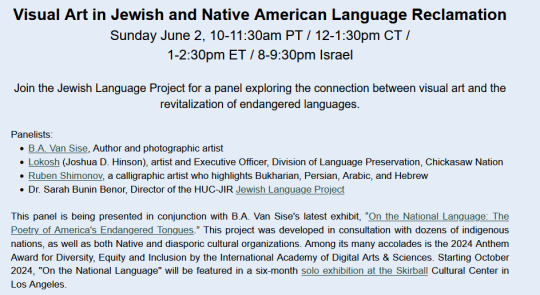
Visual Art in Jewish and Native American Language Reclamation
Sunday June 2, 10-11:30am PT / 12-1:30pm CT / 1-2:30pm ET / 8-9:30pm Israel
Join the Jewish Language Project for a panel exploring the connection between visual art and the revitalization of endangered languages.
Panelists:
B.A. Van Sise, Author and photographic artist
Lokosh (Joshua D. Hinson), artist and Executive Officer, Division of Language Preservation, Chickasaw Nation
Ruben Shimonov, a calligraphic artist who highlights Bukharian, Persian, Arabic, and Hebrew
Dr. Sarah Bunin Benor, Director of the HUC-JIR Jewish Language Project
This panel is being presented in conjunction with B.A. Van Sise's latest exhibit, “On the National Language: The Poetry of America's Endangered Tongues.” This project was developed in consultation with dozens of indigenous nations, as well as both Native and diasporic cultural organizations. Among its many accolades is the 2024 Anthem Award for Diversity, Equity and Inclusion by the International Academy of Digital Arts & Sciences. Starting October 2024, "On the National Language" will be featured in a six-month solo exhibition at the Skirball Cultural Center in Los Angeles.
Register here.
1 note
·
View note
Photo

Writing Between Tongues: The Calligraphy of Ruben Shimonov

Ruben Shimonov’s hybrid identity as a Bukharian, Sephardic, and Mizrahi Jew continuously informs his work as a community builder, educator, and artist. He is the Executive Director and co-founder of the Sephardic Mizrahi Q Network (SMQN), a New York City-based grassroots organization building a vibrant and supportive community for LGBTQ+ Sephardic and Mizrahi Jews. Between his work with SMQN and the Muslim-Jewish Solidarity Committee, Ruben has designed an innovative interfaith Arabic-Hebrew calligraphy workshop that he has facilitated in numerous community gatherings around the world.

Interweaving Arabic and Hebrew, Ruben’s multi-sensory calligraphy installations, which include audio, video, performance, and interactive components, create a space for these two Semitic languages to encounter one another in familiar and new ways. Often focusing on cognates, his work explores the ways in which these languages, their complex histories, and their rich ties to spirituality intersect and interact with each other. He also frequently incorporates another West Asian language that is dear to his identity— Farsi.


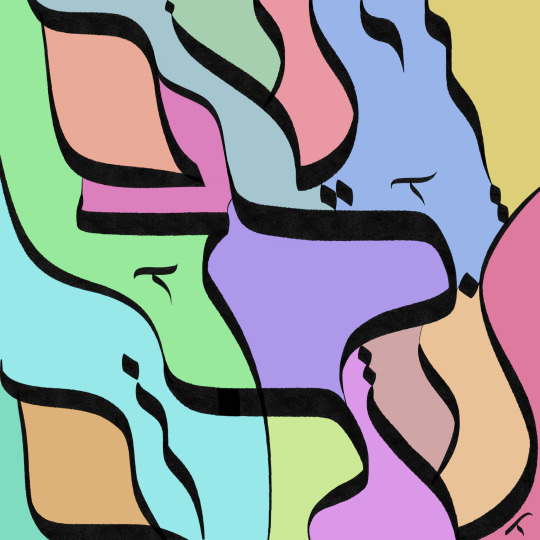

“veyasem lekha shalom” - “May G-d grant you peace”

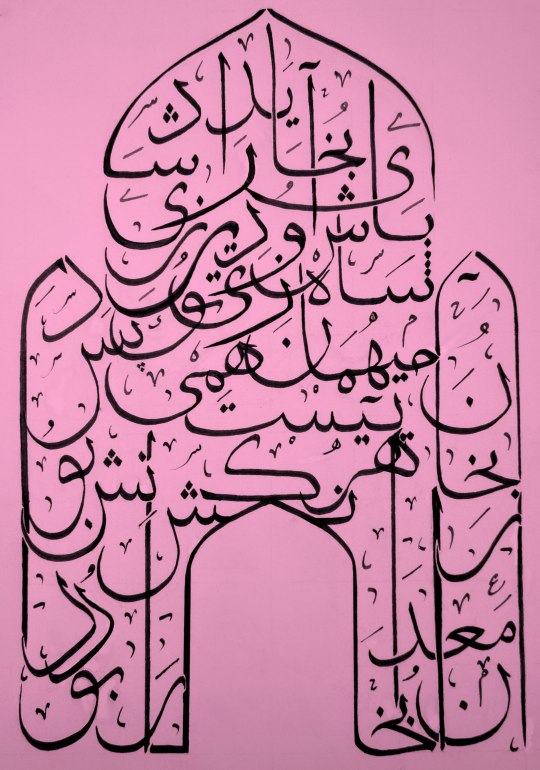

Passages about the city of Bukhara, taken from the classical Persian poetry of Rudaki and Rumi-
“oh Bukhara! be joyous and live long! your king comes to you in ceremony.” (Rudaki)
“Bukhara was a mine of knowledge, of Bukhara is he who possesses knowledge.” (Rumi)

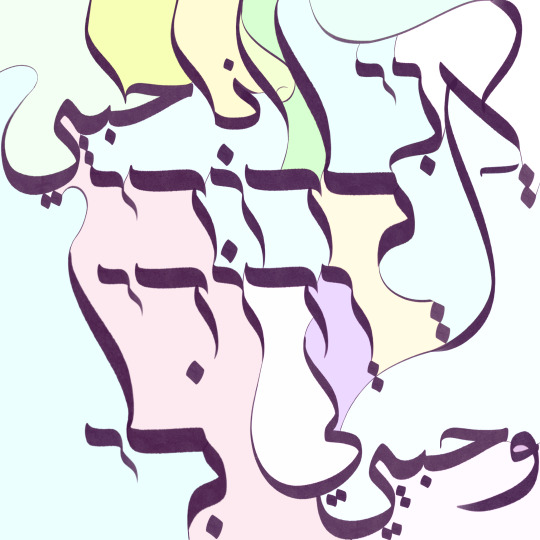

A verse from Shir Hashirim (the Song of Songs) - “I am my beloved’s and my beloved is mine,” in Hebrew and Arabic.

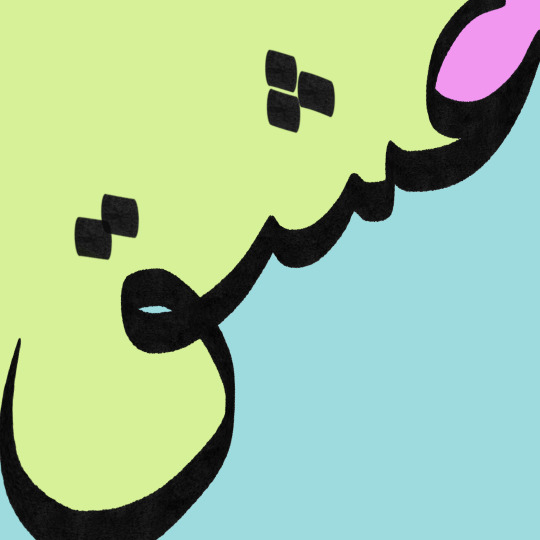

“eshq” - “Love” in Farsi

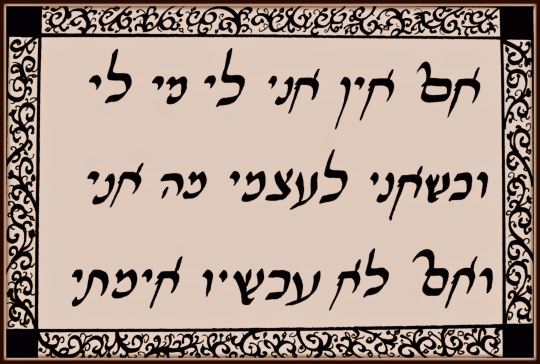

A verse from Pirkei Avot - “If I am not for myself, then who will be for me? But if I am for myself, then what am I? And if not now, when?”

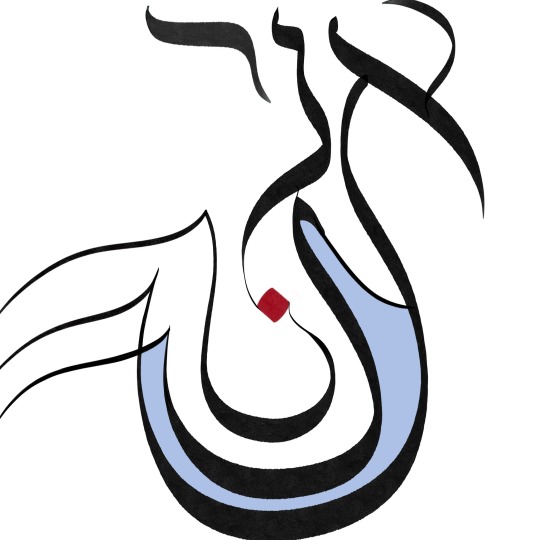

“ani” / “ana” - The pronoun “I” in Hebrew and Arabic

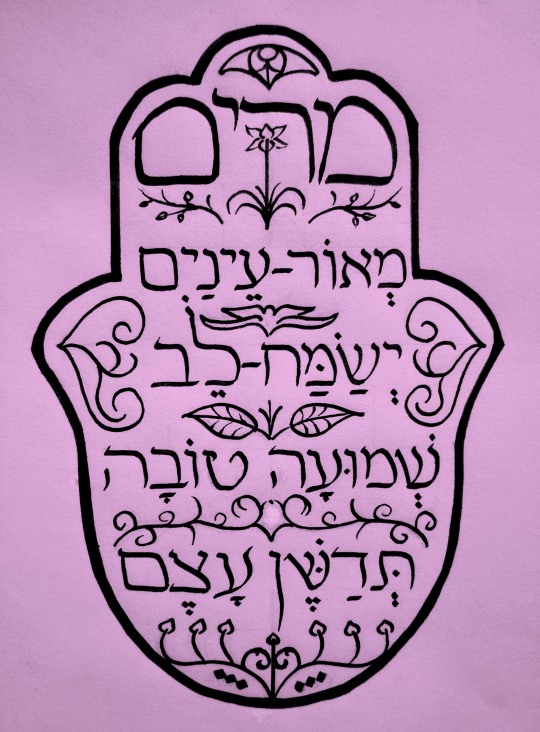

The Jewish name “Miryam" and its corresponding verse from Mishlei (Proverbs) - “The light of the eyes makes the heart happy, and good news fattens the bone.”

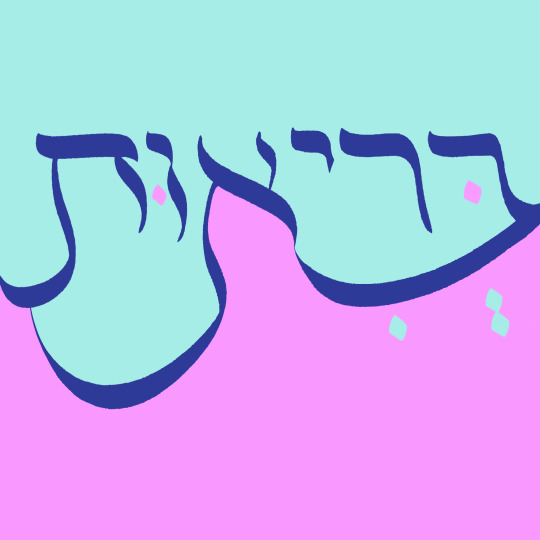

Above: "bri’ut” - “Health”
Below: “gam ze ya’avor” / “in niz bogzarad” - “This too shall pass” in Hebrew and Farsi
Two appropriate wishes for the world this season.




Ruben Shimonov is a Jewish educator and community builder living in New York City, by way of Seattle and Uzbekistan. Prior to establishing SMQN, he was the Director of Community Engagement & Education at Queens College Hillel. Ruben has lectured extensively on Sephardic and Mizrahi Jewry, including at Limmud conferences in New York, Seattle and the U.K. He serves as Vice-President of Education & Community Engagement on the American Sephardic Federation's Young Leadership Board, as well as Director of Educational Experiences & Programming for the Muslim-Jewish Solidarity Committee (MJSC). His calligraphy (linked here) has been featured in various exhibitions across New York City.


Published April 3, 2020.
5 notes
·
View notes
Photo
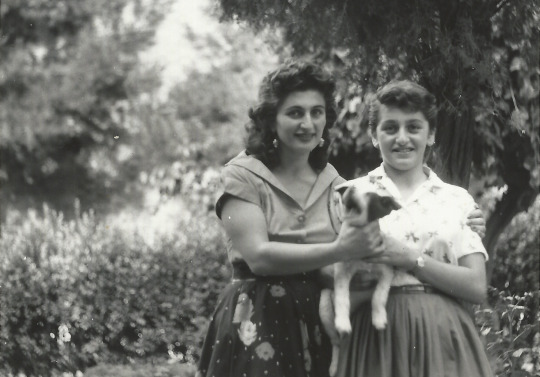
Letter from the Editors
By Sophie Levy and Evan Mateen

This week marks one year since ZAMAN’s launch in February 2019. In that time, we have published forty articles, essays, poems, paintings, drawings, photographs, videos and other projects that have given a contemporary voice to Mizrahi stories. We have made friends in the most unexpected places and have planted the seeds for a community of contributors, readers, and collaborators that reaches far beyond our hometown of Los Angeles.

From the first few weeks of publication, we were surprised by the strong response we received in support of this project; to see that so many other people, who came from such distinct communities, also shared our yearning for a platform dedicated to Mizrahi culture and affairs only made us more excited to make ZAMAN an ongoing initiative. This has been a year of thinking hard about the places we come from and the places we haven’t gotten to see. It has been a year of commemorating our families’ stories and valuing the histories that brought us where we are today. It has been a year of questions asked and boundaries pushed, controversies addressed and beauties appreciated.

When we first conceived of ZAMAN, our goal wasn’t to simply create an archive of Mizrahi history and leave it at that. It’s common for cultural work to deal with the past as a static entity, emphasizing preservation more than re-engagement or re-evaluation. For us, the past is something that is constantly in dialogue with the future, informing and shaping it, regardless of how aware we are of that fact. ZAMAN was and is about bringing this dialogue to the fore, making it accessible to people who may not have been familiar with it in a Mizrahi context in the first place, and all the while sustaining a commitment to relevant, excellent creative work along the way. The work of our contributors has made this vision a more gratifying and beautiful reality than we could have imagined.

There are a lot of people we’d like to thank for their tremendous support and contributions to ZAMAN over the course of the past year. Thank you Lauren Neman for serving as our Communications Manager and helping our presence flourish on and offline. Thank you to our recurring contributors and good friends, Kyle Newman, Jamie Aftalion, Kayla Cohen, Gabi Kamran, Gabie Yacobi, Jane Paknia, and Mirushe Zylali for staying committed to ZAMAN even as full-time students. Thank you to all of our one-time contributors for giving us the honor of publishing your work and giving us glimpses into new media and communities other than our own. We are deeply grateful to Chaya Community, Protocols, the JFREJ Mizrahi Caucus, New Voices, Gharib Magazine, and the Current for involving us in collaborations and cross-publishings that have helped our content reach new audiences. Special thanks to Tom Haviv and Ruben Shimonov for being some of our biggest advocates in New York, and to our families and friends in Los Angeles for rallying behind us in constant, unconditional support.

Lastly, we’d like to thank our readers. Whether you’ve browsed our site once or twice, have sent it around to your relatives, or have told us what our content means to you, we are endlessly grateful for your engagement, and this is all for you. We hope you have gained something from ZAMAN, be it new questions, new answers, a feeling of resonance, a new perspective, or a new understanding of Mizrahi culture and life. We’re looking forward to the year ahead and can’t wait to see how we’ll grow and what we’ll learn.

All the best,

Evan and Sophie


Photo: Evan’s grandmother Minoo (left) and her younger sister, Sophie’s grandmother Homa (right) holding a puppy. Tehran, 1954.


Published February 27, 2020
3 notes
·
View notes